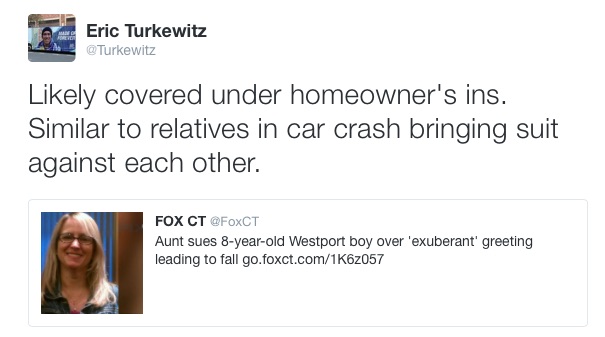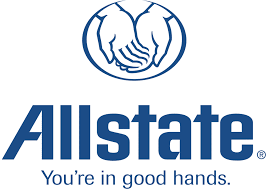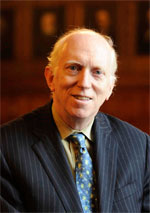Even though Helene Blank has tried cases for both defendants and plaintiffs, and has been doing so since 1979 in roughly 130+ trials, and lectures widely, she is still stunned by what she sees.
She last appeared here in a good rant about bad faith and insurance companies.
She guest blogs today on lawyers that have surrendered their objectivity, and with it their ability to actually assist their clients…
———————
Kool-Aid drinkers to a plaintiff’s lawyer are defendants’ lawyers who, no matter how stark the evidence that the plaintiff is seriously injured, refuses to believe it and does everything they can to make sure your client isn’t properly compensated for their injuries. The insurance company must be protected from really hurt people at all costs.
I always thought the true Kool-Aid drinker was really a mythological beast not any more real than Bigfoot, Yeti or a werewolf. That was until last week.
I ran into a defense lawyer I hadn’t seen since we tried a damages only case of a client of mine who was irreparably and horribly injured from the accident caused by her client. This poor, sad soul developed what is known as RSD or CRPS – which stands for Reflex Sympathetic Dystrophy or Complex Regional Pain Syndrome — the people who have the true misfortune of getting this call it CRAPS — ’cause that’s what your life becomes, crap.
This syndrome happens to an unlucky person after an injury, their brain just goes haywire – and the affected limb is in constant unending pain. You become hypersensitive. You can’t be touched, you can barely wear clothes, you can’t use the limb, and it atrophies or wastes away.
This poor soul had even worse misfortune when the CRPS jumped from his left arm to his right leg — a not unknown phenomenon for these poor people.
His life as he knew it was ruined. He couldn’t sleep in a bed, be touched by another human, not his wife, not his children. He had a pain pump inserted into his spine in the hopes of gaining some relief.
He routinely begged his doctor to cut off his arm. If only it were that simple and such a barbaric act would cure him. Too bad, but it wouldn’t.
He was unable to really walk and he couldn’t use the affect arm to do much of anything.
The defense had him examined twice by a wonderfully credentialed doctor from one of the best hospitals in the world – the Hospital for Special Surgery. After each exam, this doctor reported that it was his opinion that my client did indeed suffer from RSD/CRPS.
But they never produced that doctor for the trial.
Instead, they hired for trial what plaintiffs’ lawyers in gentle circles call “a witness for hire” to testify that my client did not suffer from this. A witness who spends her career traveling the country testifying against injured victims who suffer from this. This doctor never once examined my client and completely discounted the defense’s medical exams. But okay –I know that’s what defense lawyers do. It’s their job to try and get the best possible settlement for their client.
I understand that, really I do. I was once one of them. But my encounter with this adversary last week so saddened me that it’s hard to get out of my mind.
After we exchanged niceties, she actually said to me: your client, he’s out somewhere partying with all that money he got and he has finally taken that bandage off his arm. A “bandage” that he wore constantly to protect himself from human touch which he found excruciating.
I was shocked. Truly, absolutely shocked. This seemingly intelligent woman, who had all the truth in front of her during the trial, really drank the Kool-Aid. She just simply refused to believe that this poor man was so badly hurt.
I answered that she must be kidding. Did she really truly believe he was a fraud?
She actually said yes, and said she regretted not doing surveillance on my client. I told her that so did I, if for no other reason than I could have used the footage against her client because all she would have seen was what she saw in court. A beaten, hurt human being whose life was destroyed.
Her bizarre response to that was this made her feel better. It all made me feel so sad for this lawyer whose humanity was somehow lost along her way. It made me realize why I stopped being a defense lawyer a long time ago. I never was going to lose my humanity for any insurance company.






